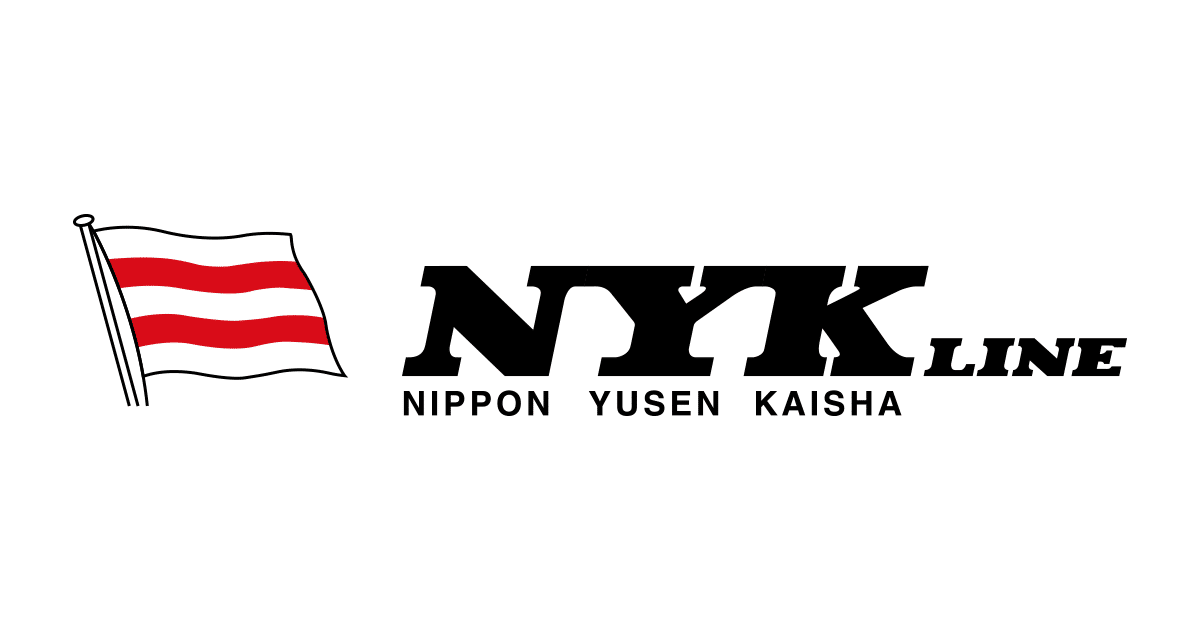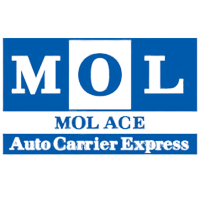04 Sep Car Shipping to Japan
Car Shipping to Japan
Relocating to Japan may be an adventurous journey full of excitement, but it can also be stressful, particularly when it comes to moving a car. You want to make sure that your car gets to Japan safely and on schedule whether you’re traveling there for business or pleasure. Yet, exporting a car to Japan might be a difficult operation, so it’s important to comprehend the procedures and conditions you must meet. In this article, you’ll get all the information you need about shipping a car to Japan, from pricing to documentation requirements to best practices for a hassle-free shipping experience.
Being a reputable supplier of auto shipping services, we recognize the significance of a vehicle’s safe and reliable delivery to Japan. With our in-depth knowledge and experience in shipping vehicles internationally, we can guarantee you a smooth and effective shipping process.
In this extensive guide, we’ll provide you with all the facts you need to know about shipping an automobile to Japan, such as the shipping procedure, the prerequisites for doing so, the associated prices, and other crucial information.
Requirements for Shipping a Car to Japan
You must adhere to specific conditions in order to send a car to Japan. The original car title, a bill of sale, a bill of lading, and a packing list are a few examples. Furthermore, the Japanese Ministry of Land, Infrastructure, Transport, and Tourism requires an export license for vehicles.
Choose a Shipping Company
A crucial step in the automobile shipping to Japan procedure is selecting a shipping provider. While choosing a shipping business, take into account the following factors:
Expertise and Reputation: Choose a shipping firm with a solid reputation and a successful track record of delivering autos to Japan. Throughout the shipping process, a business with substantial industry knowledge may offer superior direction and support.
Insurance Protection: Confirm that the shipping business provides insurance protection for your car while it is en route. This will safeguard you in the event of any loss or damage during delivery.
Shipping Options: Determine whether the shipping firm provides a variety of shipping services, including air freight, container shipment, and RoRo. As a result, you will have greater freedom to select the delivery option that best meets your requirements and financial situation.
Customer service: Seek a shipping business that offers exceptional customer service and is receptive to your questions and concerns. This will guarantee that your shipping experience is easygoing and stress-free.
Cost: Evaluate the shipping costs charged by various businesses and pick one that offers reasonable prices without sacrificing the standard of service.
Reviews and Testimonials: To learn more about past clients’ experiences working with the shipping firm, read reviews and testimonials. You may gain important information from this regarding the caliber of client happiness and service provided by the business.
These factors can help you choose a trustworthy and well-known shipping company to ship your vehicle to Japan. To guarantee a smooth and stress-free shipping experience, it’s crucial to conduct your homework and pick a reputable business.
Cost of Shipping
The weight and size of the package, the delivery method chosen, the distance between the place of origin and the destination, any additional services needed, and any customs regulations can all affect the cost of shipping.
Shipping costs are often based on the weight, size, and transportation method of the overseas package. For smaller, more urgent shipments, air freight is often faster and more convenient than sea freight, although being generally more expensive.
The price of shipping might also go up if you add on extra services like expedited handling, insurance, and customs clearance. In order to comply with all laws and rules, it’s essential to account for these additional fees.
Overall, the cost of shipping may be a sizable investment for both individuals and organizations, so it’s essential to take all relevant elements into account when selecting a shipping method and provider to guarantee that the package arrives securely, on time, and within budget.
Shipping Methods
Preparing the vehicle for shipment is the first stage in the process of transporting an automobile to Japan. This entails properly cleaning the vehicle, taking out any personal items, and turning off the alarm. After the car is prepared, it is shipped to Japan using a container or a roll-on/roll-off ship.
Container Shipping
Over the globe, container shipping is a common means of moving products and commodities. In this kind of shipment, standard intermodal containers are used. These containers come in a variety of sizes, with 20-foot and 40-foot-long containers being the most popular.
Loading the products into the container at the place of origin is the first step in the container shipping process. A container ship then receives the container and transports it to the port by boat or train. To ensure safe arrival, the containers are secured to the ship while in transit.
The containers are unloaded from the ship and carried to cars or railways after they have reached their destination. Standardized containers allow easy transfer between various modes of transport without additional handling or repackaging, resulting in greater efficiency and cost-effectiveness.
International trade frequently makes use of container shipping, especially when transporting manufactured items, raw materials, and other goods. As it enables the efficient and safe transportation of furniture, household goods, and other large objects, it is also a well-liked option for residential and business relocation.
Roll-on/Roll-off (RoRo) Shipping

A well-liked way of moving vehicles, especially automobiles, trucks, and other wheeled vehicles, is roll-on/roll-off (RoRo) shipping. Driving the car onto a specialized vessel with an integrated ramp for loading and unloading, and then attaching it to the vessel to prevent movement during transit, constitutes this sort of transportation.
Since RoRo shipping does not require cranes or other lifting equipment, it is an economical and efficient way to transport several automobiles at once. In comparison to alternative choices, such as container shipping, this also makes it a quicker and more practical transportation technique.
Using RoRo shipping to carry goods is a practical and economical option.
International vehicle shipping across continents, such as that between Europe and North America or Japan and Australia, frequently makes use of RoRo shipping. Furthermore, it is a well-liked option for transporting big and heavy vehicles, including buses, machinery for construction, and military vehicles.
Prepare Your Car
It is important to follow these important preparation measures in order to ensure that your automobile is transported safely and without damage.
Detail the vehicle: The vehicle must be meticulously cleaned inside and out before shipping. By doing this, it will be simpler to check the automobile for damage and make sure it doesn’t have any dirt or debris that might create issues during shipment.
Remove personal goods: You should take the GPS unit, music system, and other attachments out of the car before shipping. This will prevent theft as well as overloading the automobile, which can increase transportation costs.
Examine the vehicle: Before shipment, it’s crucial to check the vehicle for any dents, scratches, or mechanical issues, as well as any damage or pre-existing conditions. Before exporting the automobile, take photographs of any existing damage to prove its state.
Disable the car’s alarm system: Before shipping, the car’s alarm system should be disarmed to avoid false alerts.
Check fluids and battery: Oil, coolant, and transmission fluid should be checked and topped off as needed. The battery should also be fully charged so that the vehicle will start easily once it reaches its destination.
Fuel level: It is best to leave no more than a quarter tank of gasoline in the car’s tank to reduce its weight and prevent gasoline leaks during transportation.
Making ensuring your car is properly prepared for shipment may help to lessen the possibility of any damage occurring during shipping. Also, it’s critical to engage with a reliable and knowledgeable auto shipping company to make sure that all.
FAQs
Some commonly asked questions concerning car shipment to Japan are as follows:
How long does it take to send a car from the United States to Japan?
The shipping method and the shipment’s origin affect the transit time for shipping cars to Japan. RoRo shipping takes 2-4 weeks on average, whereas container shipment might take up to 6 weeks. Air freight is the quickest, but also the most expensive alternative.
What is the cost of shipping a car to Japan?
The cost of car shipment to Japan is determined by various factors, including shipping method, distance, vehicle size, and weight. While container shipment and air freight might be more expensive, RoRo shipping is the most cost-effective technique.
Can I export a car that does not fulfill Japanese safety regulations to Japan?
No, all vehicles imported into Japan must meet Japanese safety and environmental standards. Vehicles that don’t follow these regulations risk being seized or penalized.
What paperwork is necessary for car shipment to Japan?
The vehicle title, bill of sale, and certificate of origin are all essential paperwork for automobile shipment to Japan. Other relevant paperwork and a roadworthiness certificate may also be required.
Can I ship personal items to Japan in my car?
Cars should not be used to ship personal items overseas because they add weight and might damage the vehicle. Furthermore, Japanese customs restrictions may forbid the shipping of personal belongings in a car.
By knowing these frequently asked questions, you may better plan for your automobile shipping to Japan and have a more pleasant and trouble-free experience.
Conclusion
To summarise, shipping a car to Japan necessitates careful preparation and consideration of numerous elements such as the shipment method, shipping firm, cost, and needed documents. The most prevalent and cost-effective way is roll-on/roll-off shipping, whereas container shipping and air freight provide better protection and shorter transport times, respectively. It is critical to examine a shipping company’s expertise, reputation, insurance coverage, shipment alternatives, customer service, and pricing while selecting one. It is also critical to be aware of the necessary documentation and to follow Japanese safety and environmental rules. You may assure smooth and stress-free car shipping to Japan by doing so.









